So, you're thinking of taking a camping trip during winter.
Great idea!
Not only is it more peaceful, but there are also fewer crowds, bugs, and wild animals to deal with.
However, if not adequately prepared, your cold weather camping experience can be challenging and intolerable. With cold weather camping, you need to protect your body from the elements.
Hence this post.
In today's post, you'll learn what to wear and what not to wear during a cold-weather camping trip. With the tips you learn from this article, your fall and winter backpacking trips will never be the same.
Let's get right into it.
Table of Contents
- The One Trick for Staying Warm When Camping in the Cold.
The One Trick for Staying Warm When Camping in the Cold.
The best way to keep warm when camping in the cold is through layering.
To better understand layering, think about your bed. With a sheet between your body and the blanket, you tend to feel warmer than when there was no sheet. This is because the sheet creates an airspace that traps heat from your body.
Cloth layering isn't any different. When you layer your winter camping clothes, you create air spaces between clothing, which in turn traps heat radiating from your body.
Layering also allows better control of body temperatures since you can reduce or add clothing depending on how hot or cold you feel.
But how exactly do you layer clothing to ensure maximum efficiency?
Typical winter camping clothing entails three layers. These are:
- Base or Wicking layer
- Middle or insulation layer
- Outer or shell layer
Base Layer
Also called the wicking layer, the base layer is the innermost piece of clothing you wear on a backpacking trip.
This inner layer helps to keep your body warm by absorbing moisture and sweat. In other terms, your base layer acts as your second skin.
This is why your base layer clothing needs to be breathable and absorbent. When choosing base layer clothing, you get the choice of synthetic or natural material.
Synthetic
You can select synthetic garments from polyester and nylon. Both are good choices, but polyester is the best for base clothing.
Synthetic clothing is great because it dries quickly. Polyester and nylon are prevalent in this group because they are good at wicking sweat away from your body.
Synthetics also last longer than natural clothing.
Some synthetic clothes even have antibacterial features that slow the buildup of bad smell. Thanks to these antibacterial features, you can wear your clothes for several days without the fear of developing a foul odor.
Natural
If you choose to go natural, keep away from plant-based fabrics. Instead, go for either silk or wool clothing. –If you can get merino wool, the better.
You may be wondering, "why choose natural clothing over synthetics?"
It's simple. Natural materials are resistant to odor-causing bacteria. With natural fabrics, you can go for days without washing and won't stink.
Merino wool can also keep you warm for a long time. Natural garments are, however, not durable.
If you want to get the best experience, go with synthetics, or better yet, why not have both?
Mid Layer
Also known as the insulating layer, the mid-layer helps your body retain heat.
Just like the base layer, you have the option of choosing between natural and synthetic garments. The key goal here is to pick thicker clothing that will help in heat retention.
But you also have to consider the breathability of the clothing.
Here are the pros and cons of different mid-layer clothing styles.
Polyester Fleece
Polyester is an excellent option because it's breathable.
It also keeps you warm even when damp. It also dries faster, which is excellent if you're camping during the rainy season.
Fleece is available in three weights: lightweight, mid-weight and heavyweight. They are sometimes referred to as 100, 200, and 300 weight. Always go for the heavyweight fleece because it is thicker.
However, fleece's breathable nature could be a disadvantage since it can let the wind in, resulting in heat loss. To prevent this problem, choose a wind fleece that has an inner wind-blocking feature.
Down Insulated Jackets
Down insulated jackets have several benefits.
For starters, they are highly compressible; therefore, will save you a lot of space while planning for your cold-weather camping trip.
Thanks to the soft and warm feather insulation, down jackets are among your best choice for keeping warm during winter camping.
Their shell material covering also prevents wind and water from reaching your inner garments, making them your best option for keeping warm.
The only disadvantage is that they lose their insulating feature when damp.
Synthetic Insulated Jackets
Synthetic insulated jackets have the same characteristics as down jackets, with the only difference being they don't lose their insulation properties when wet.
And unlike down Insulated jackets, synthetic jackets use polyester fibers as insulation.
They are also relatively cheaper when compared to down jackets.

Outer/Shell Layer
The primary purpose of the shell layer is to protect you from rain, snow, and wind. Shells range from simple everyday wind-resistant jackets to expensive mountaineering jackets.
Your outer layer of clothing is an essential piece because it prevents wind and water from entering the middle layer.
Shell layer clothing can be grouped into the following categories.
Waterproof and Breathable Shells
This is the most expensive option but the best one if you want to have an excellent cold weather camping experience.
They also dry well and are durable.
Water-resistant and Breathable Shells
If you are going to camp during the rainy season, go with this option. They are made of polyester fabrics and woven nylon, hence suitable for preventing rain and wind.
They are also more affordable than waterproof shells.
Soft Shells
Their best feature is breathability. They will however, not offer you the best protection against wind and rain.
Go for these if your goal is to camp under calm weather.
Non- Breathable and Waterproof Shells
These are the most practical of the outer shells. You can use them while doing light activities like bird watching and fishing, and also during the cold.
When on the trail, make sure you also cover your head, feet, neck, hands, and face.
- Use a ski or biker's mask to cover your face.
- Cover your head with a snood or hat made with earflaps because it will help your body retain heat.
- Scarfs are great for covering your neck.
- You should cover your feet in layers.
- For the base layer, you can use liner socks. Liner socks are small and lightweight. They are excellent for wicking away moisture and keeping your feet dry at the same time.
- For the mid-layer, wear thick warm wool socks as they will insulate your feet.
- For the outer layer, go for heavy wool socks.
-
For your hands, make sure you use waterproof gloves.

What Not to Wear for Cold Weather Camping
You already know what to wear for each layer. Here's what not to wear:
Cotton
Whether socks, undergarments, or t-shirts, cotton clothing has no place in your camping attire.
Cotton absorbs moisture and also takes ages to dry.
With cotton, you run the risk of feeling cold and damp during your camping trip.
If you can, avoid cotton at all costs.
Sandals and Shorts
Sandals and shorts are a no-brainer. These are summer clothes and have no place being in your winter camping gear.
Additionally, avoid jeans and khakis too, as they'll make you feel uncomfortable.
Cold Weather Camping Doesn't Have to Be Challenging.
Winter camping is a delightful experience if you're adequately prepared.
Don't leave things to chance. Make sure you have suitable clothing for your cold-weather camping trip.
But where do you get such clothes?
At Northbound gear, we offer the best winter camping apparel collection. Our clothes are water-resistant, are durable, and, best of all, will protect you from the elements, making sure you have the most peaceful and enjoyable cold weather camping experience.
You can check out our products by visiting our online store here.
If you have any questions regarding the best winter camping clothing to choose from, you can reach us through the comment section or our contact page.
Until then, happy cold weather camping.
Read more
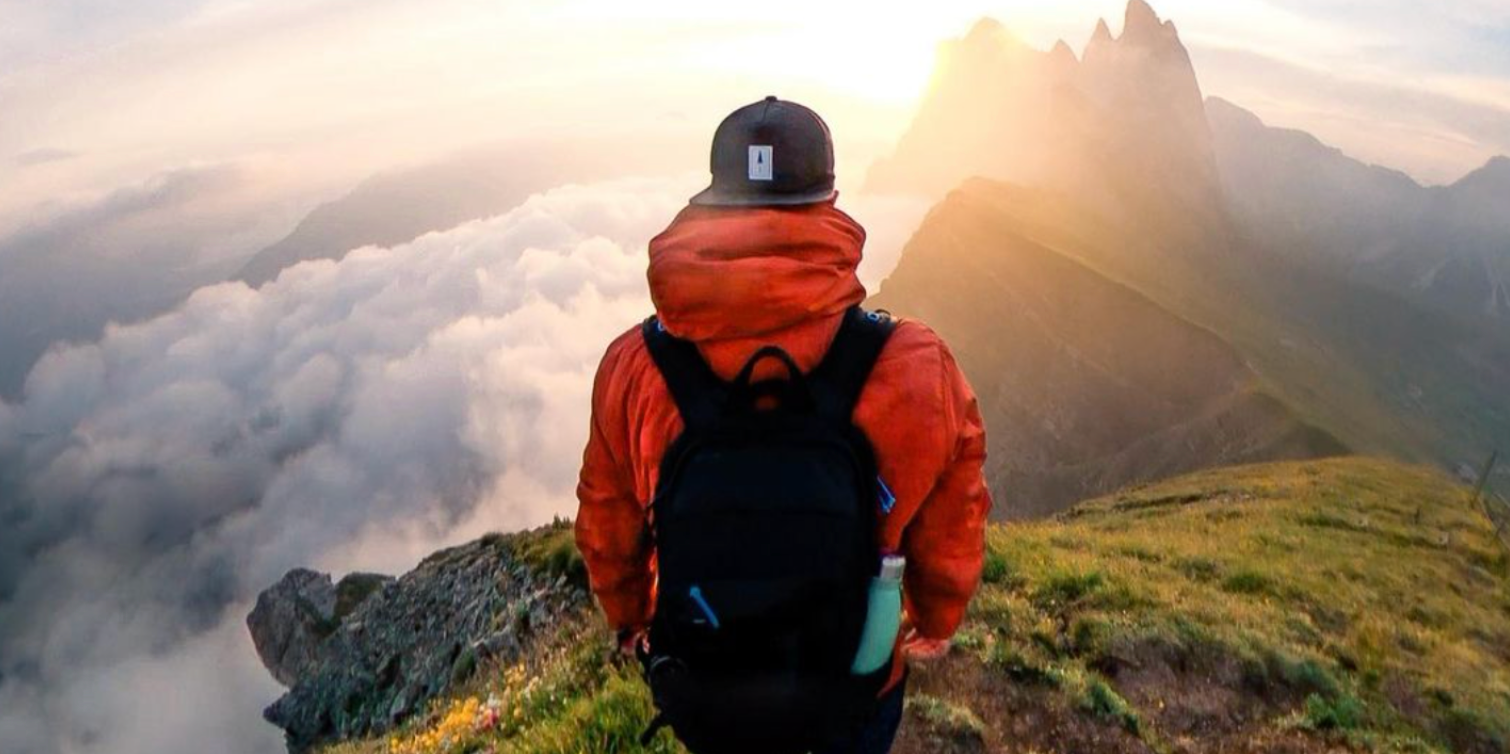
Backpacking shouldn't be about suffering. However, most rookie backpackers make mistakes that ruin their first trip. In this article we discuss 19 rookie mistakes that new backpackers make and how ...
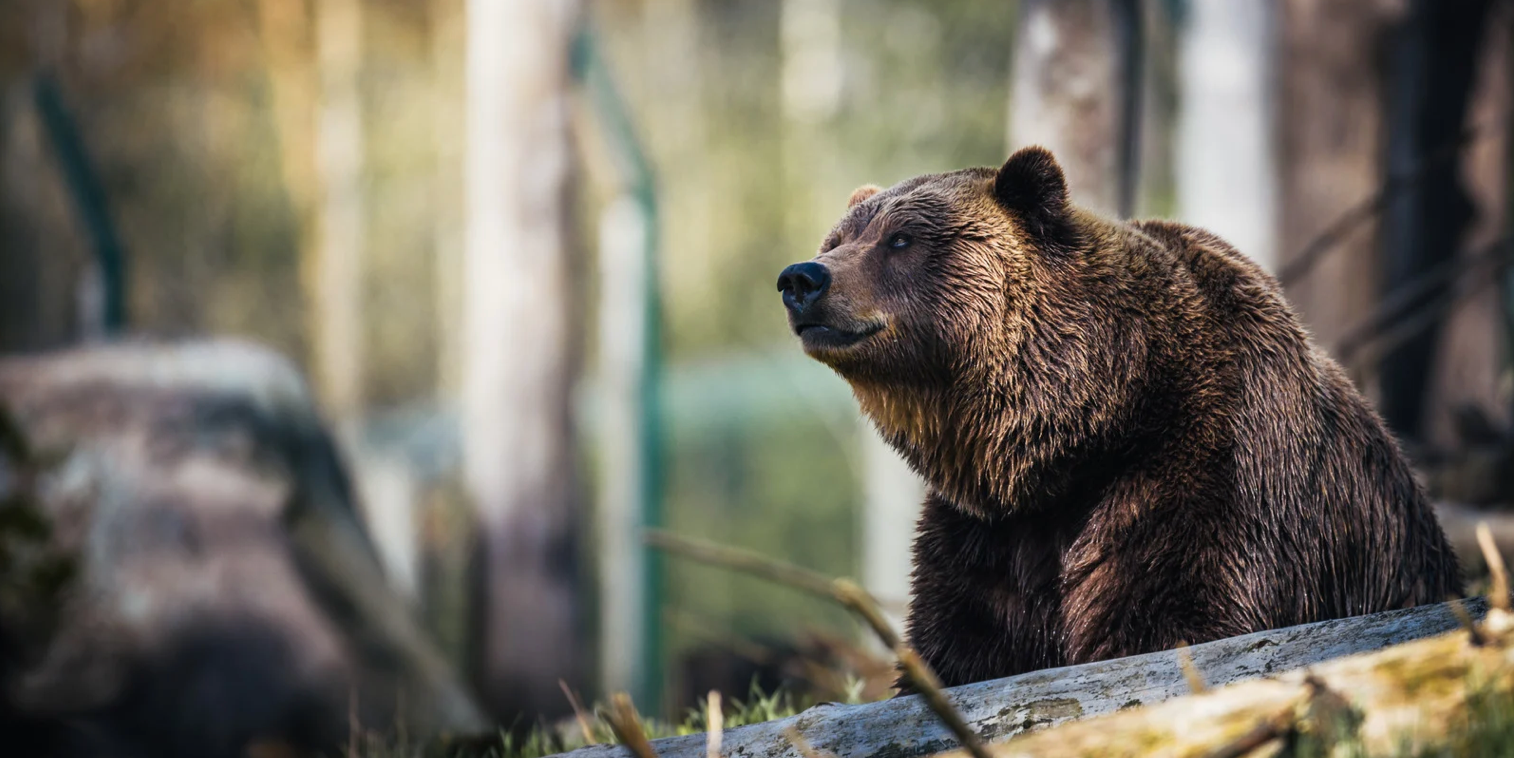
You’ve probably heard stories of backpacking trips that were disastrous. Stories of hikers getting hurt or lost while backpacking. You’ve also heard tonnes of stories on backpacking trips that were...
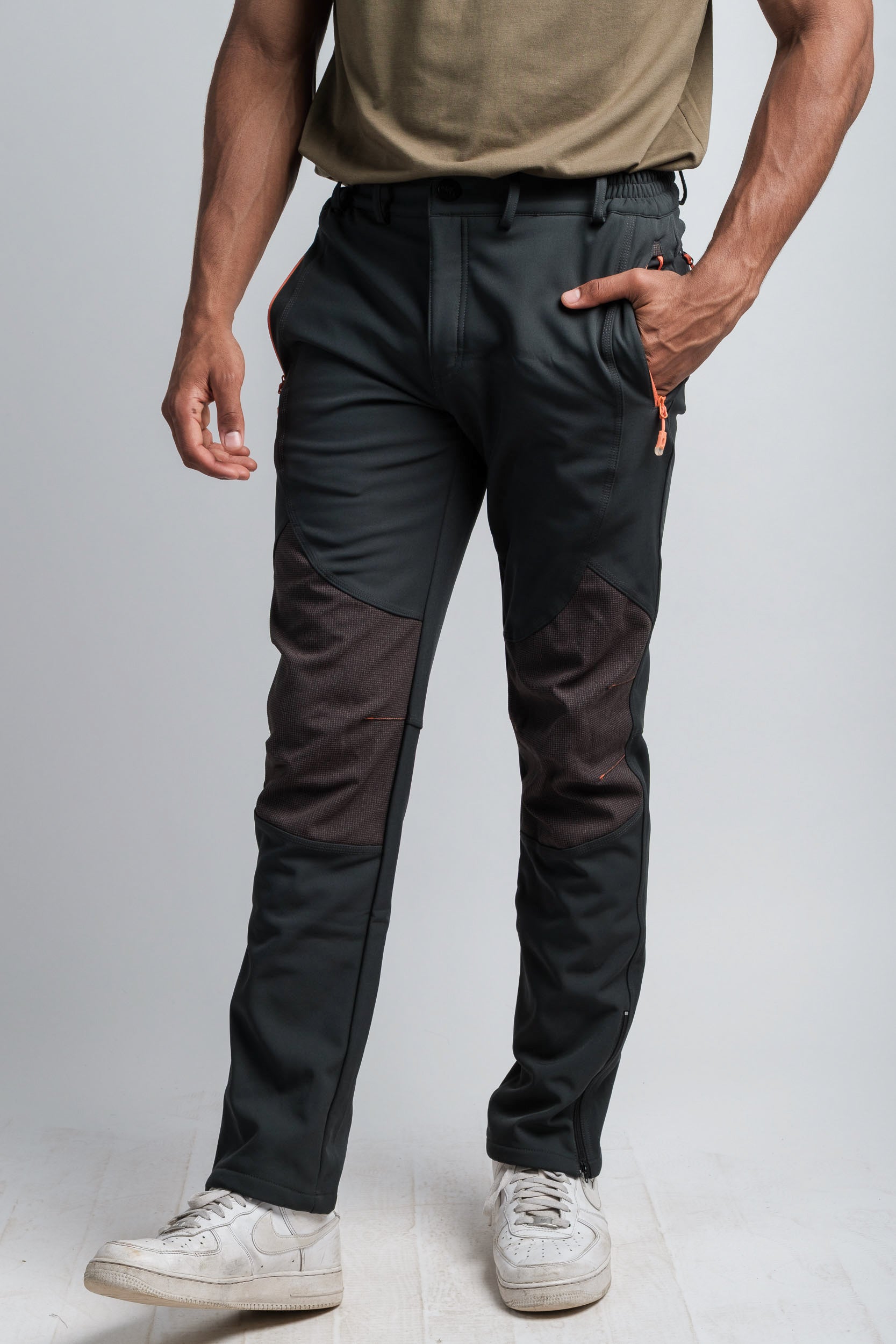
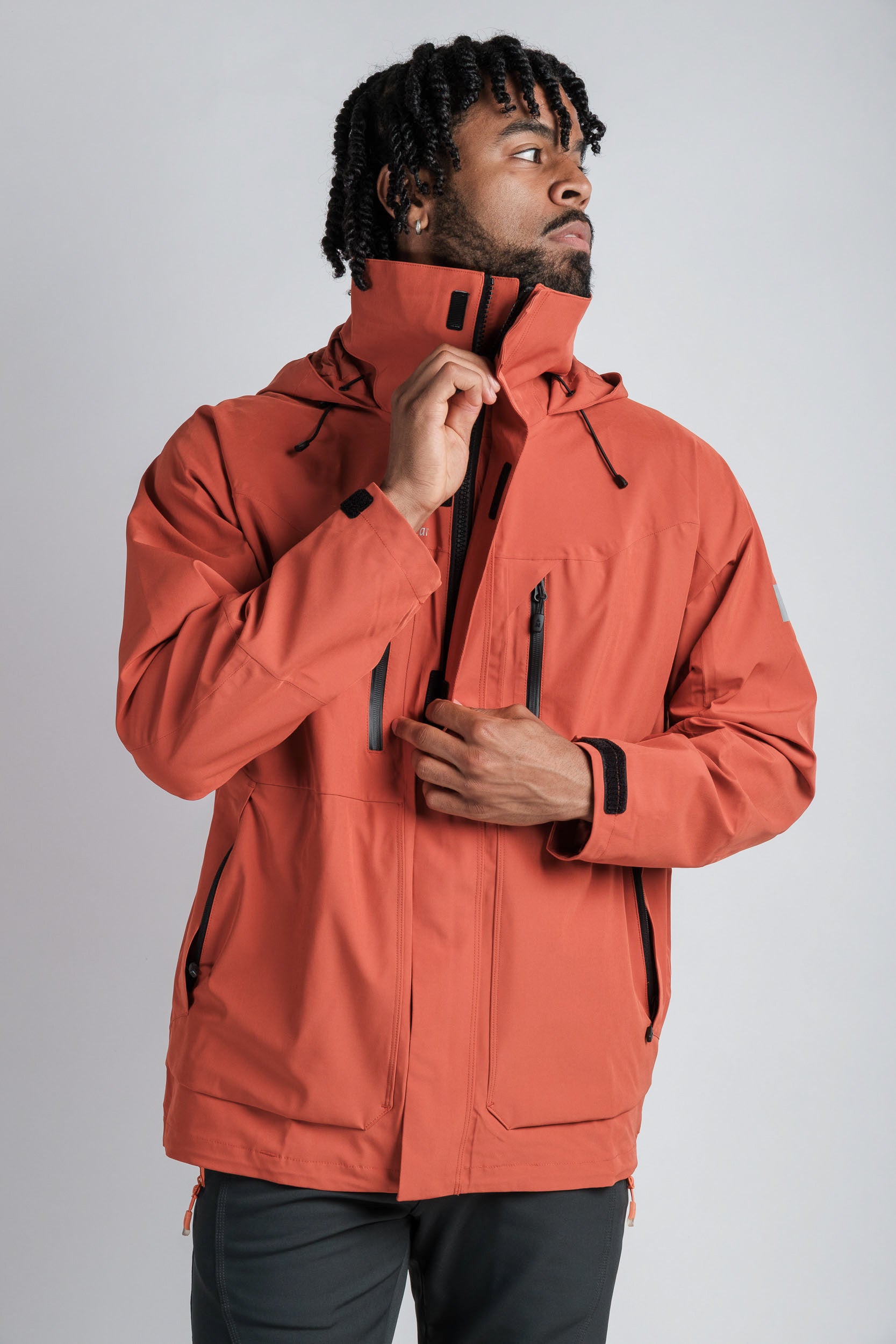
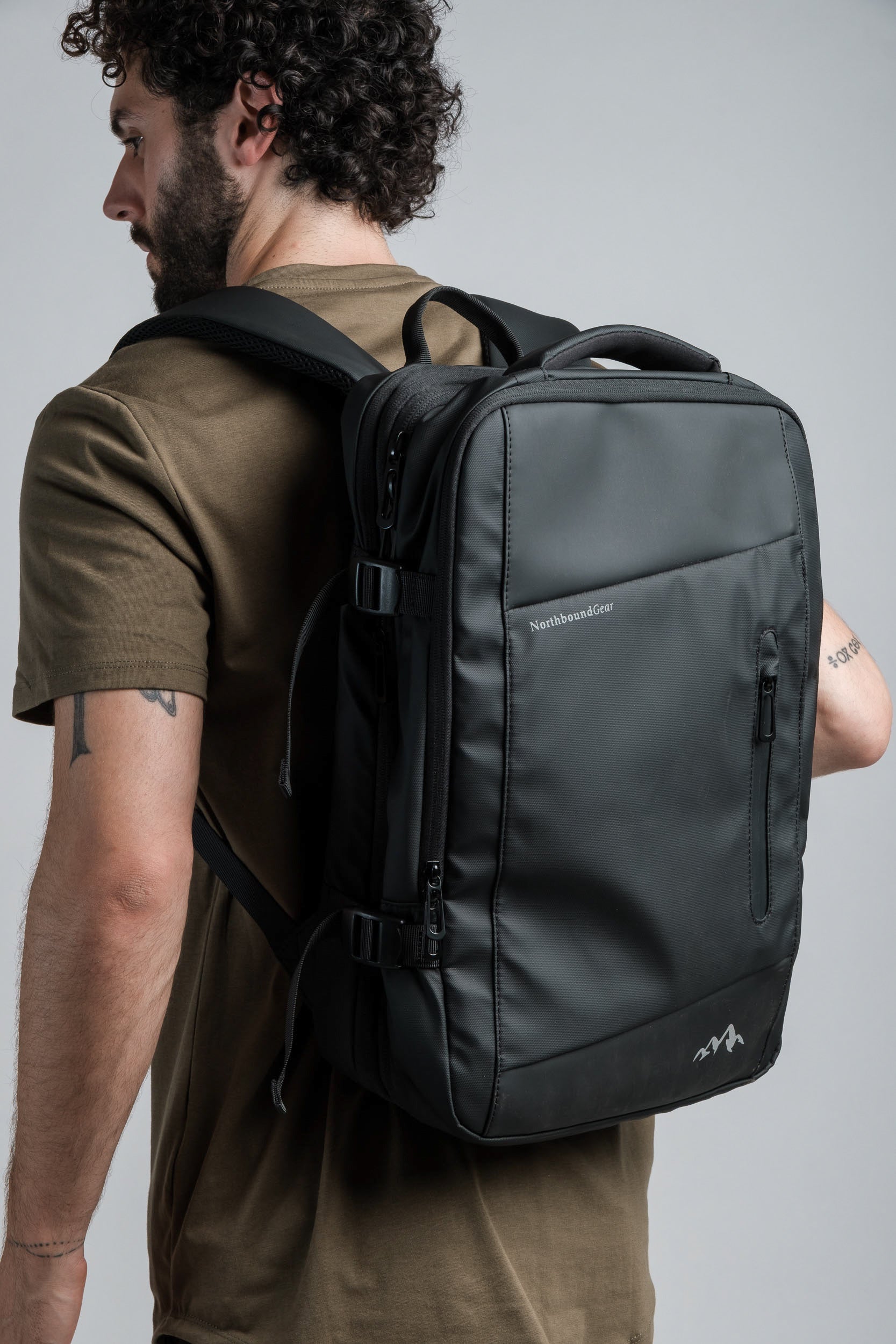
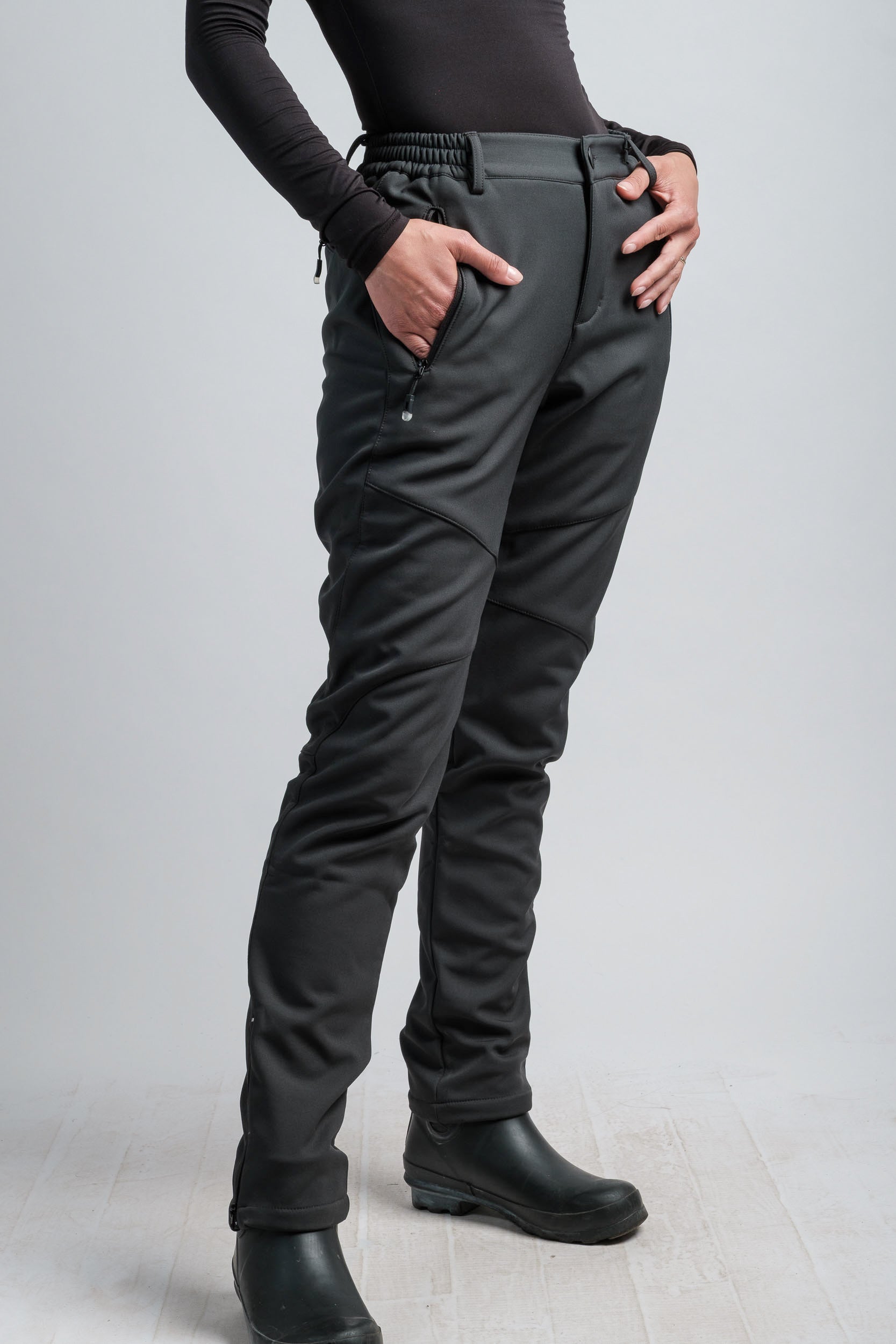
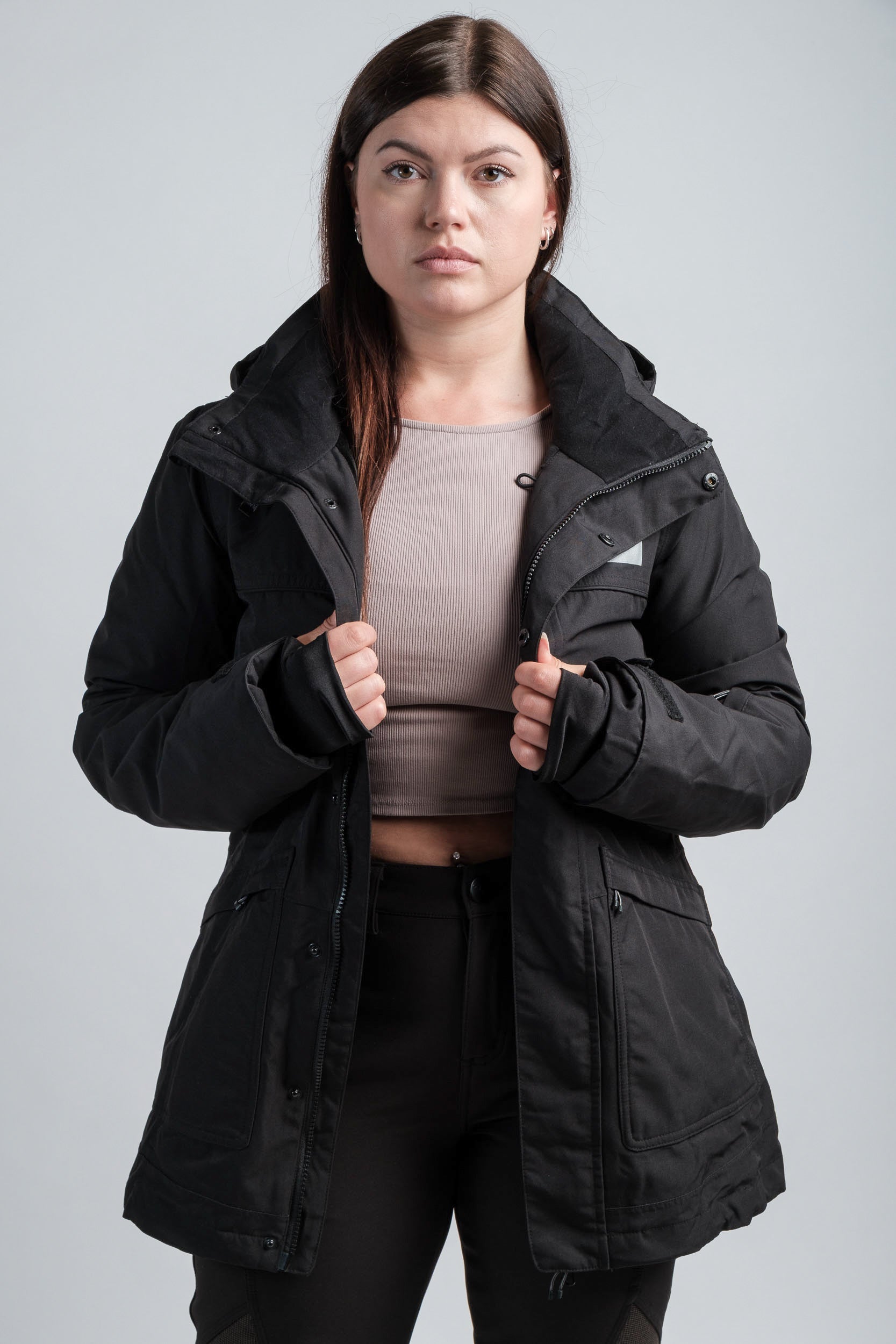
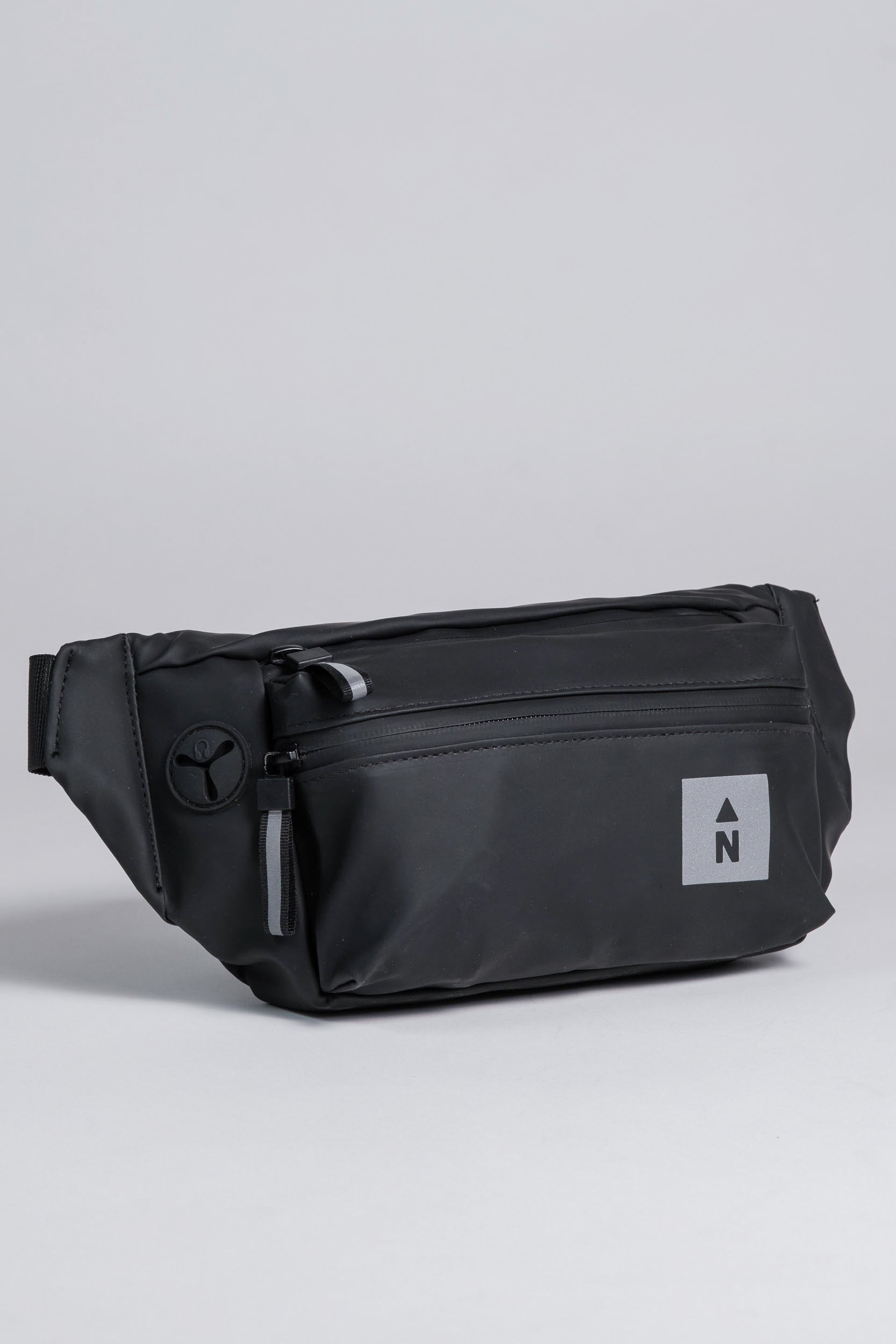
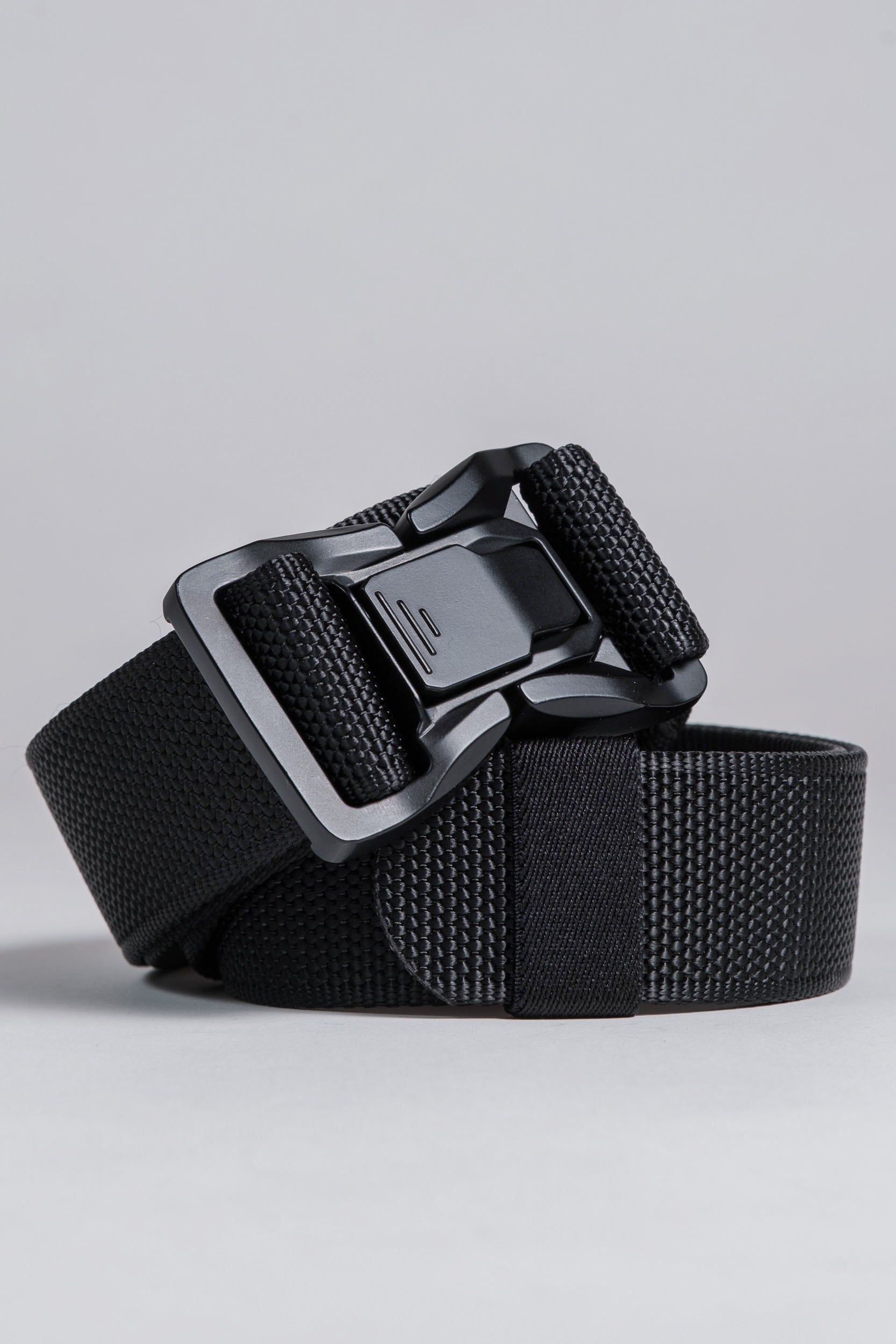
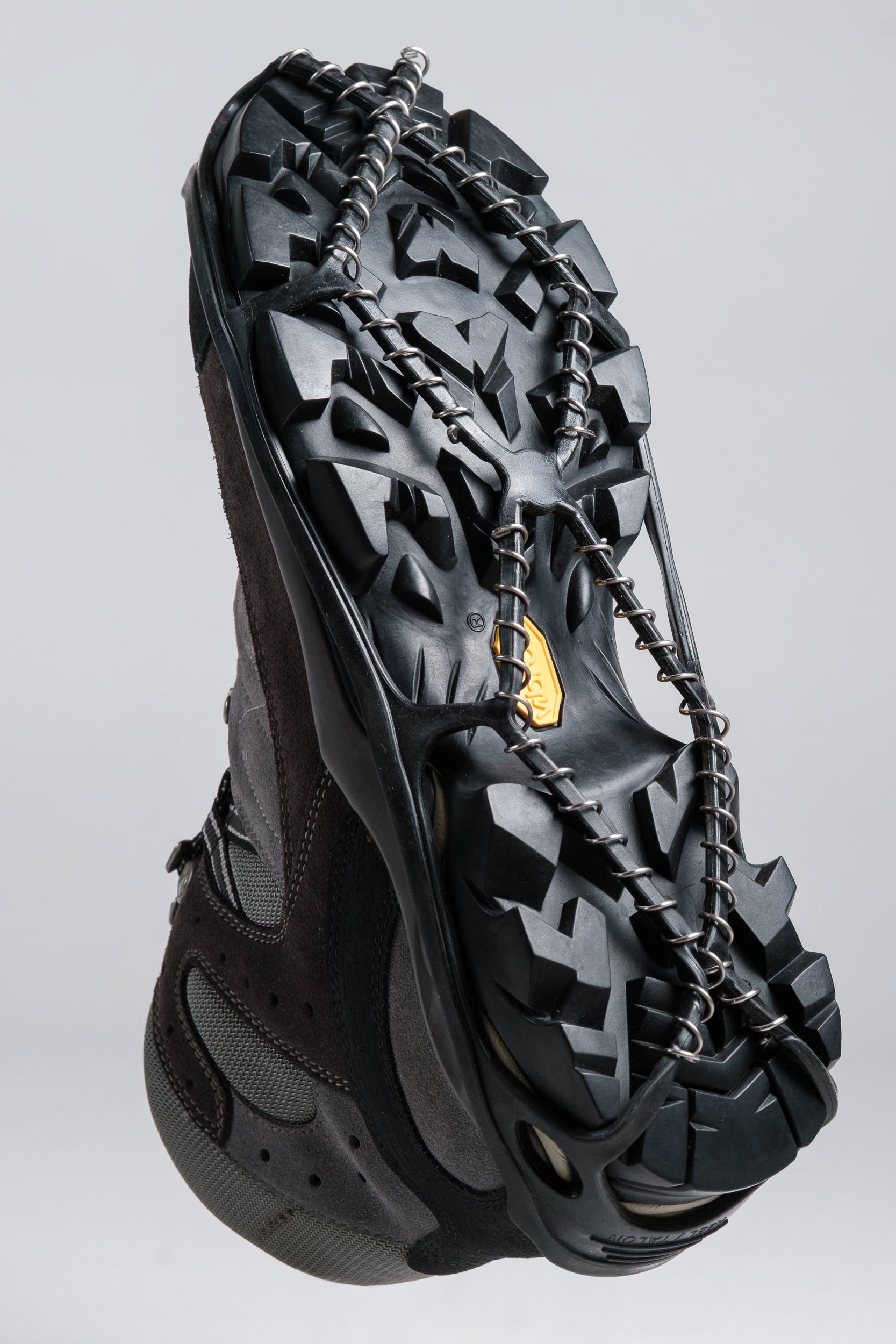
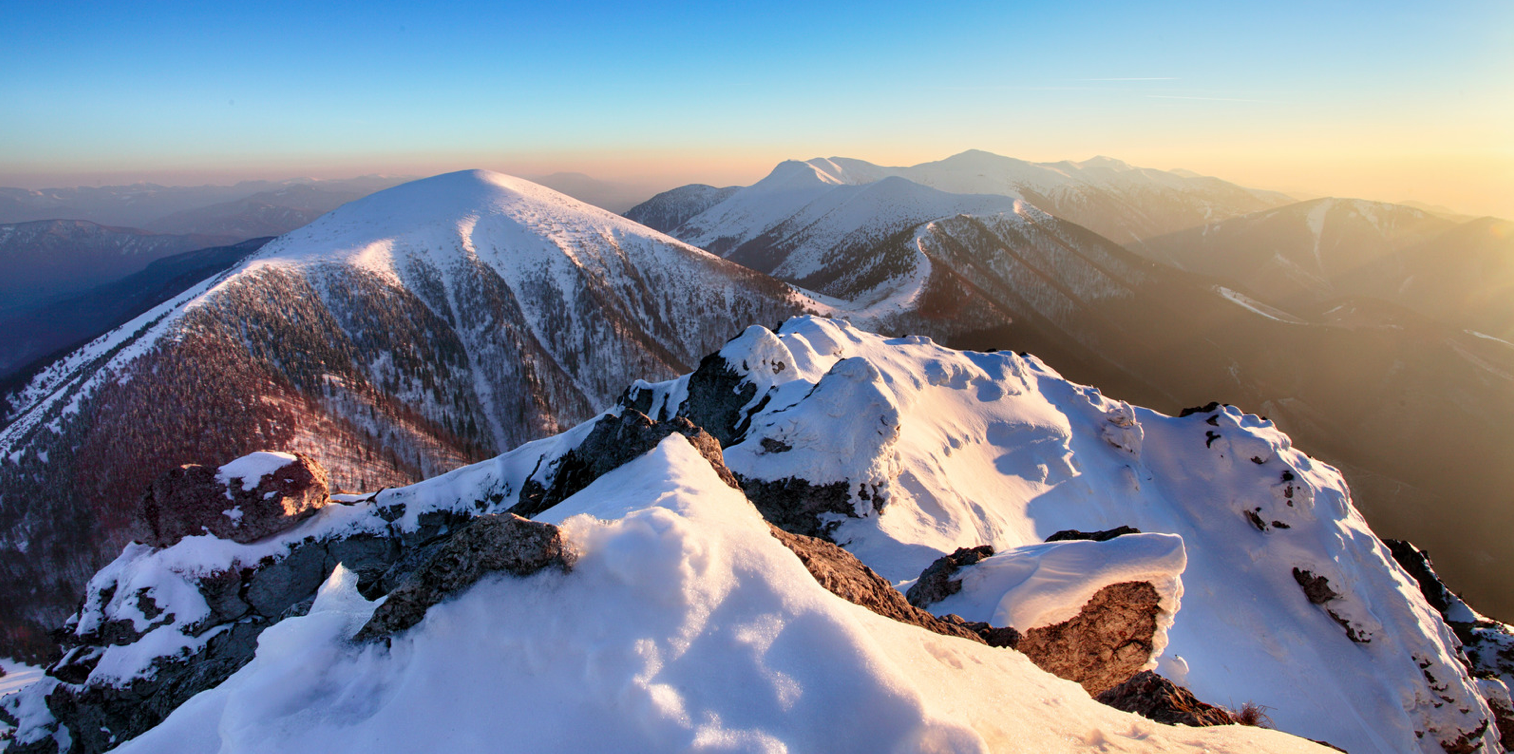
Leave a comment
All comments are moderated before being published.
This site is protected by hCaptcha and the hCaptcha Privacy Policy and Terms of Service apply.